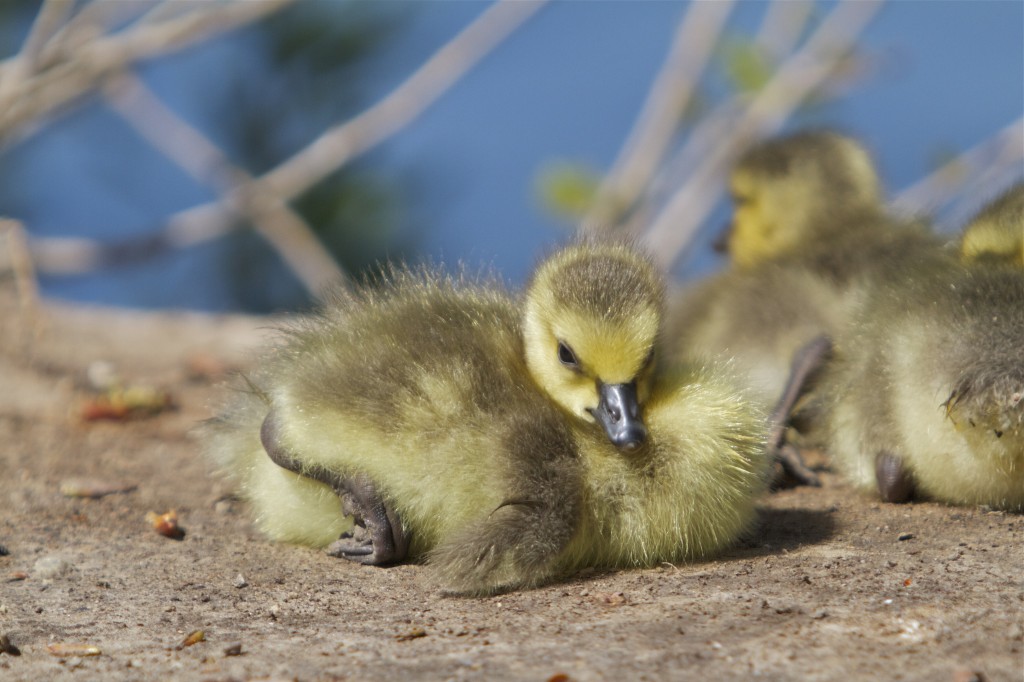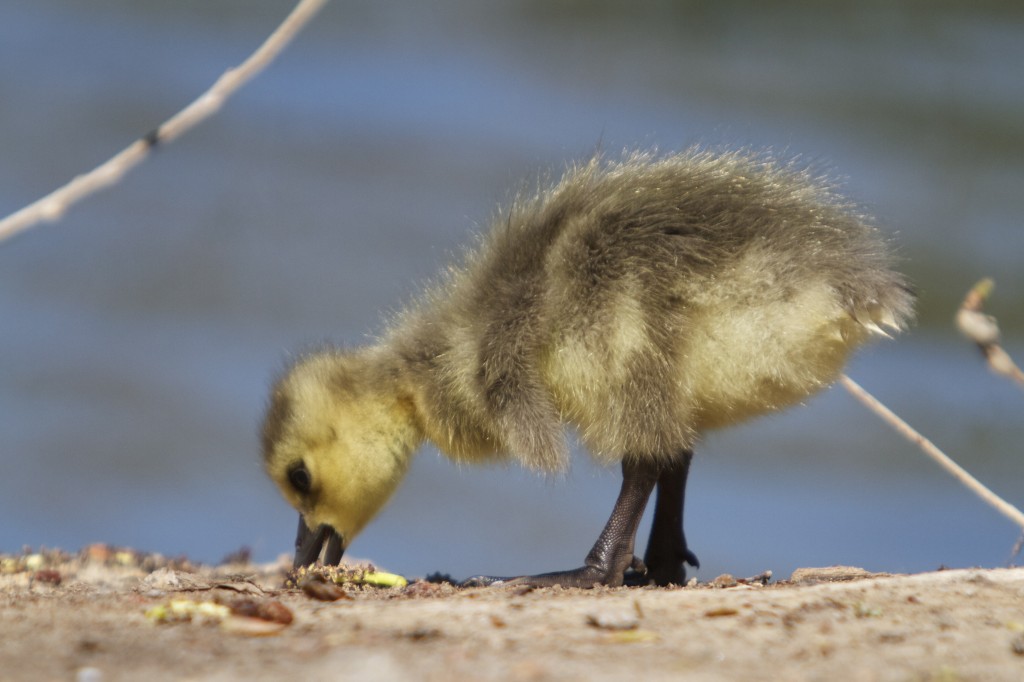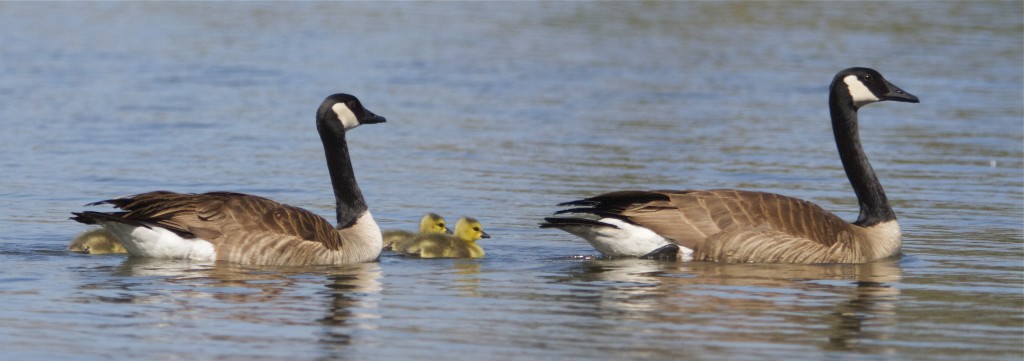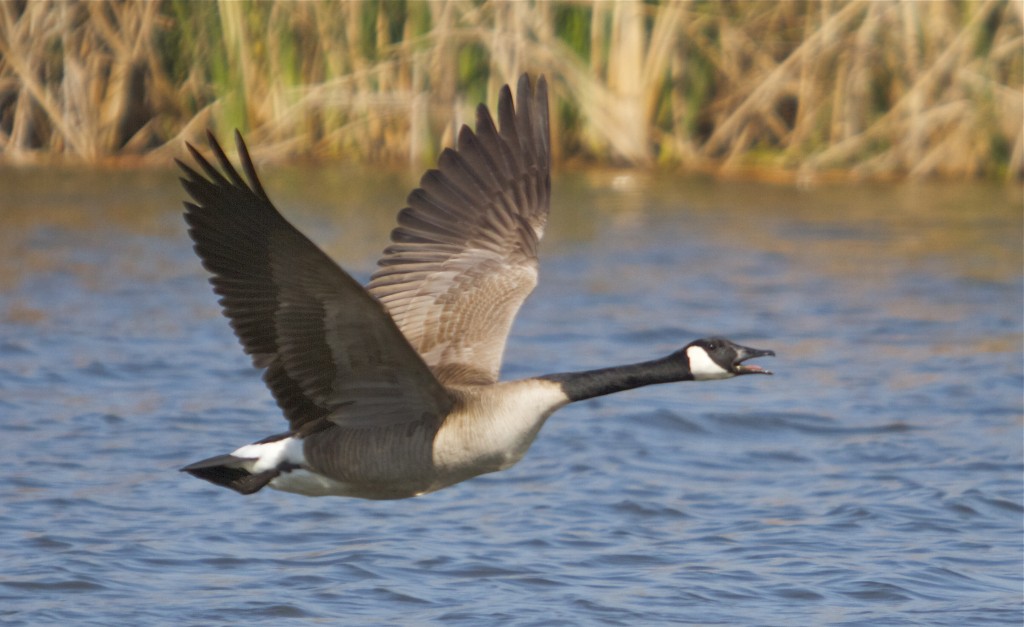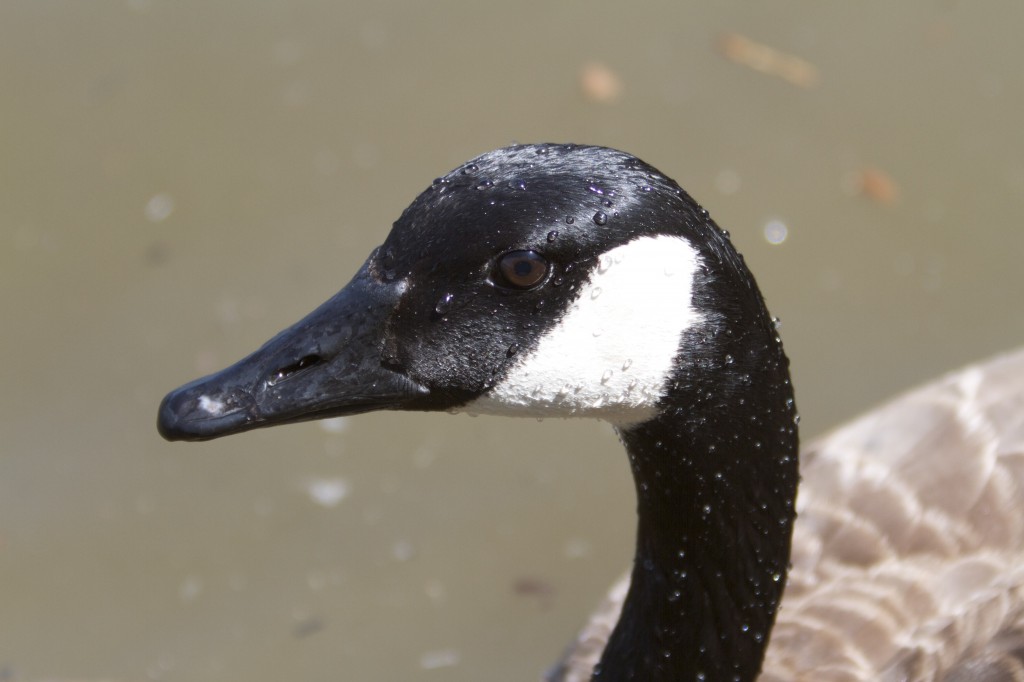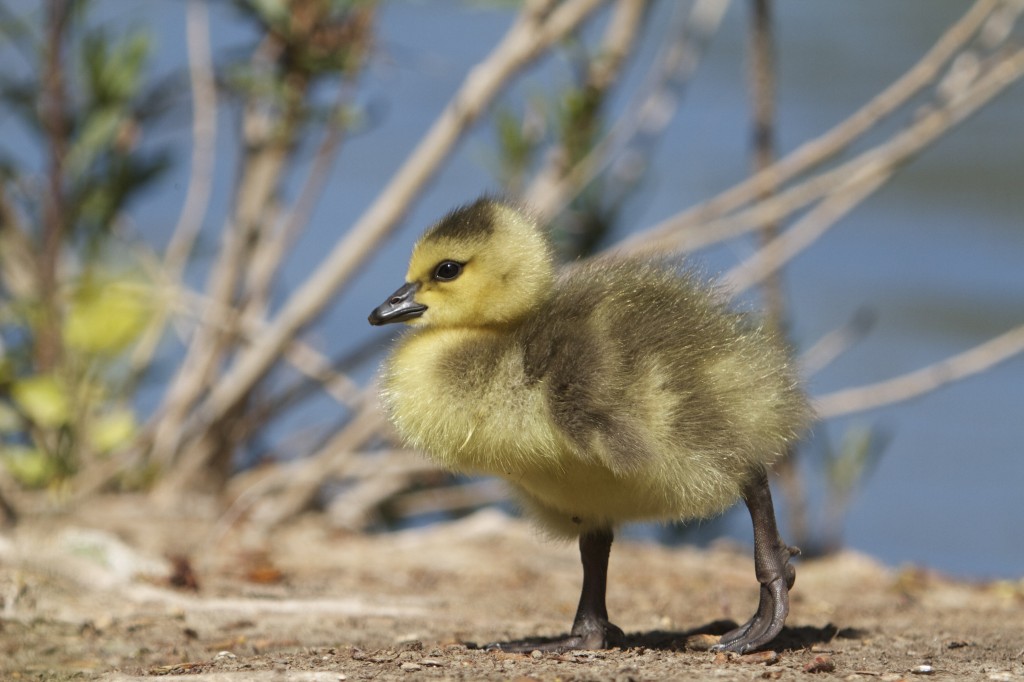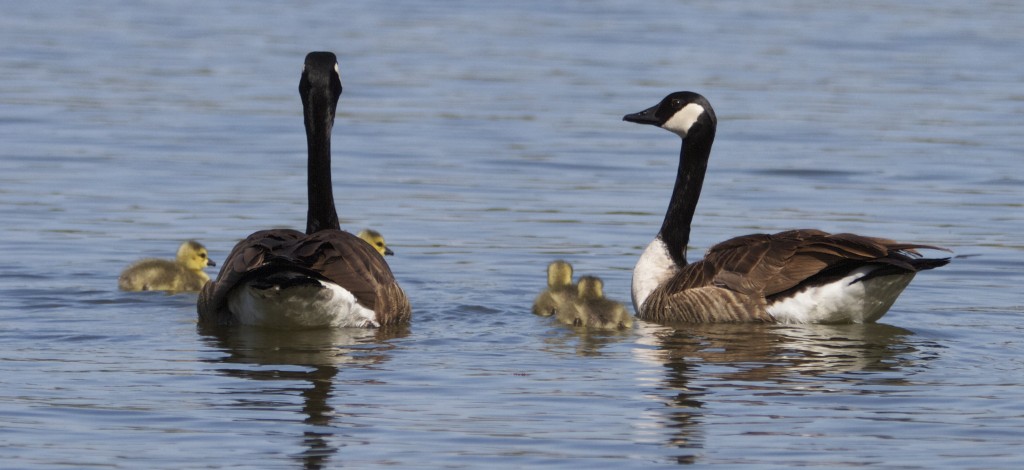There is nothing like observing birds in the springtime—in addition to some of the brightest plumage of the year, it is also time for fledglings!
This weekend, my whole family went birding at the Sepulveda Basin. And, although we saw some amazing birds, these goslings definitely stole the show…
Common Name: Canada Goose
Latin Name: Branta canadensis
Range: Native to North America. Introduced species in the U.K., Ireland and parts of Scandinavia. Also found in Japan, eastern Siberia, and eastern China.
Habitat: Found in a variety habitats near bodies of water, including grasslands, marshlands, and tundra. Commonly observed in parks, gardens and on golf courses.
Diet: Aquatic vegetation, insects, grains, and occasionally small fish.
Conservation Status: Least Concern
Though a very commonly observed bird, did you know that the Canada Goose was almost extinct in the 20th century? Habitat destruction and unregulated hunting practices nearly decimated the species. However, now, with what some may consider a conservation program that was “too successful,” the seemingly ubiquitous Canada Goose is often considered a pest. It is true, these birds are “honkingly” loud, messy, and potentially aggressive—but they are also graceful, beautiful and possess these very interesting characteristics…
- A gosling can start to communicate with its parents while still in the egg.
- There are eleven recognized subspecies of the Canada Goose.
- Pilots have reported seeing the Canada Goose at an altitude of 9,000 feet.
- The Canada Goose is monogamous throughout their lifetime, only selecting a new mate with the death of an old partner.
- The Canada Goose has thirteen vocalizations.
Happy Birding!
Michelle + Danielle












